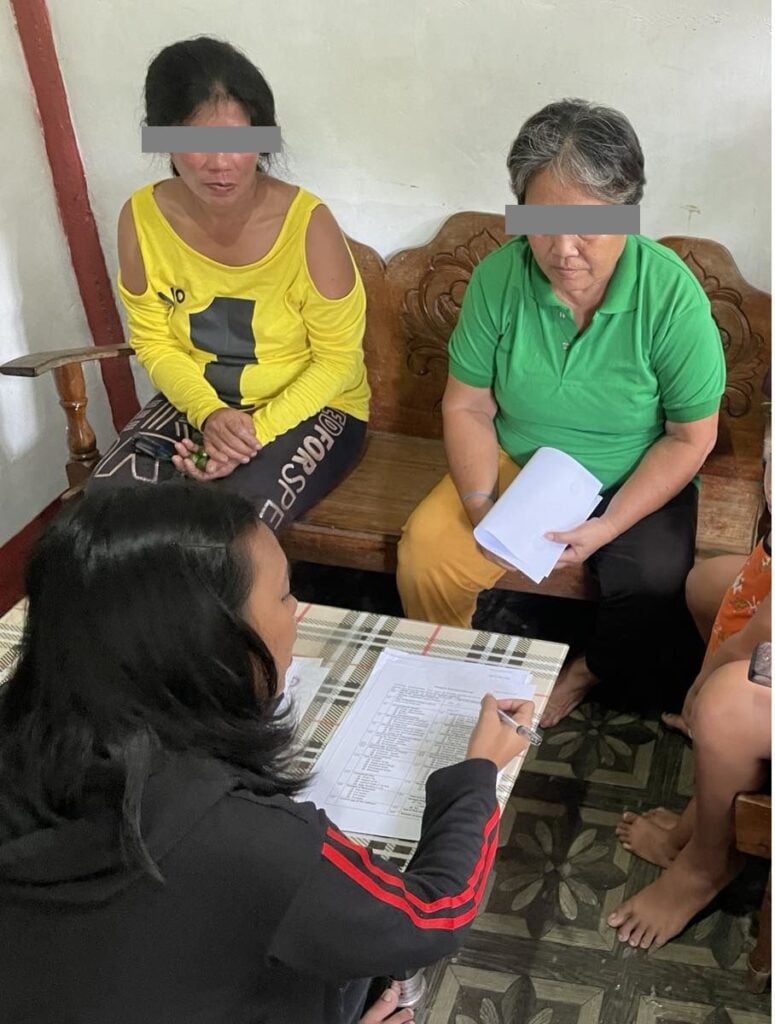Perceived factors to teenage pregnancy such as technological influence influence the manner of delivering services
17 Mar 2025

Teenage pregnancy remains to be a major concern in the health of Filipino adolescents despite the nationwide adoption of sexual and reproductive health policies. However, trends in pregnancies have not changed significantly accompanied by a dearth of studies examining the delivery of such interventions. The current study aimed to examine the experiences and complexities in delivering adolescent-aimed interventions from the lenses of various service providers. A qualitative descriptive study using key informant interviews was conducted in Eastern Visayas. An inductive approach to thematic analysis was adopted with the responses compared and categorized until a more encompassing theme can describe the perspective of the key informants.
Fifteen interviews were conducted from the education, health care, leadership, and religious sectors of the community. Three main themes were derived with the first one expressing how perceived predisposing factors to teenage pregnancy influence the manner of delivering services. The second theme, multi-sectoral responsibility, presented aspects of adolescent services that must be addressed by various agencies to improve service delivery and even raising issues such as access to contraception. The last theme mentioned other aspects of teenage pregnancy that need to be included in the currently implemented programs. The study findings highlight the need to re-establish and improve structures in adolescent service delivery including proper allocation of resources, training and preparing personnel, and improving inter- and intra-agency partnerships. Further research is called for to further examine facilitators and barriers to the delivery of adolescent aimed programs, and eventually improve social, economic, and health outcomes among the teenage population.
The research results underscore the importance of revitalizing and enhancing frameworks in adolescent service provision, such as appropriate resource allocation, personnel training and preparation, and the enhancement of inter- and intra-agency collaborations.
Authors:
Alvin Duke R. Sy (Department of Epidemiology and Biostatistics, College of Public Health, University of the Philippines Manila), Kim Leonard G. dela Luna(Department of Nutrition, College of Public Health, University of the Philippines Manila), Rowel C. Malimban( Department of Nutrition, College of Public Health, University of the Philippines Manila) , John Oliver H. Estadilla(World Vision Development Foundation, Inc. (World Vision Philippines),) Jasper M. Maglinab (World Vision Development Foundation, Inc. (World Vision Philippines)), Jihwan Jeon (World Vision Korea, Yeongdeungpo-gu) and Heyeon Ji (World Vision Korea, Yeongdeungpo-gu)
